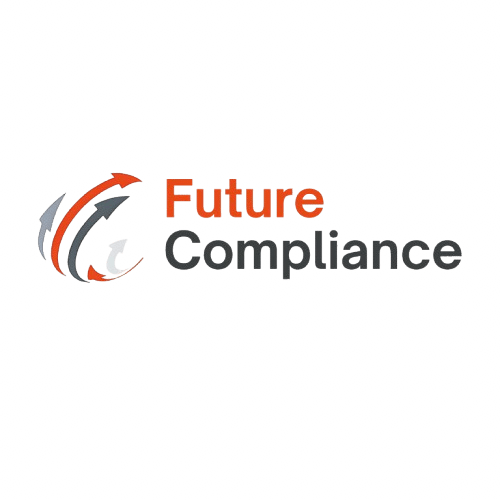Future Auditing: Exploring the Evolution of AML/CAMS and Auditing
The field of auditing has undergone significant changes in recent years, particularly in relation to Anti-Money Laundering (AML) and Combating the Financing of Terrorism (CFT) measures. As technology continues to advance and financial crimes become more sophisticated, auditors are faced with new challenges and opportunities.
The Use of Technology and Data Analytics
One of the key areas of evolution in auditing is the use of technology and data analytics. With the advent of big data, auditors now have access to vast amounts of information that can be analyzed to detect patterns and anomalies. This allows auditors to identify potential risks and areas of concern more efficiently and effectively. Additionally, the use of artificial intelligence and machine learning algorithms can help auditors automate certain processes and improve the accuracy of their assessments.
Risk-Based Approaches
Another important aspect of the evolution of auditing is the increasing focus on risk-based approaches. Traditionally, audits have been conducted based on a predetermined set of procedures and standards. However, this one-size-fits-all approach may not be effective in identifying and addressing the specific risks faced by each organization. As a result, auditors are now adopting risk-based methodologies that prioritize areas of higher risk and tailor their audit procedures accordingly.
Expanding Scope to Non-Traditional Industries
Furthermore, the role of auditors in AML/CFT compliance has expanded beyond traditional financial institutions. With the rise of cryptocurrencies and online platforms, auditors are now involved in assessing the adequacy of AML/CFT controls in a wide range of industries. This includes virtual asset service providers, online marketplaces, and even social media platforms. As these industries continue to grow and evolve, auditors will need to stay abreast of the latest developments and adapt their audit procedures accordingly.
Auditing in the Digital Age
The digital age has transformed the auditing profession. Auditors now have access to vast amounts of digital data, including electronic transactions, social media activity, and online communications. Auditing in the digital age requires auditors to possess advanced technological skills, data analytics capabilities, and a deep understanding of the digital landscape.
Challenges of Implementing AML/CAMS
Implementing AML/CAMS can pose several challenges for organizations. One of the main challenges is the complexity and ever-evolving nature of financial crimes. Money launderers and terrorists constantly adapt their techniques to evade detection, making it difficult for organizations to keep up with the latest trends and patterns. Additionally, the sheer volume of financial transactions and data that organizations need to monitor can be overwhelming. Without the right technology and resources, it can be challenging to effectively analyze and identify suspicious activities.
Another challenge is the cost associated with implementing and maintaining robust AML/CAMS programs. Organizations need to invest in technology, hire skilled professionals, and continuously train their staff to ensure compliance with regulations. This can strain resources, especially for smaller organizations that may not have the financial means to invest heavily in AML/CAMS.
Furthermore, the global nature of financial transactions adds another layer of complexity to AML/CAMS implementation. Organizations that operate across borders need to navigate different regulatory frameworks, cultural differences, and language barriers. This requires a deep understanding of international regulations and expertise in conducting audits in diverse environments.
Lastly, there is the challenge of balancing the need for compliance with customer experience. AML/CAMS measures, such as customer due diligence and transaction monitoring, can sometimes result in delays and additional steps for customers. Organizations need to find a balance between ensuring compliance and providing a seamless customer experience to avoid frustrating their clients.
In conclusion, implementing AML/CAMS comes with its fair share of challenges. From keeping up with evolving financial crimes to managing the cost of implementation, organizations need to be proactive and strategic in their approach to ensure effective compliance and risk mitigation.

